Challenge participants were asked to develop, train, and validate computational models to predict pediatric patients at risk for hospitalization, need for ventilation, and cardiovascular interventions, utilizing deindetified electronic health record data available through NCATS’ National COVID Cohort Collaborative (N3C) Data Enclave.





